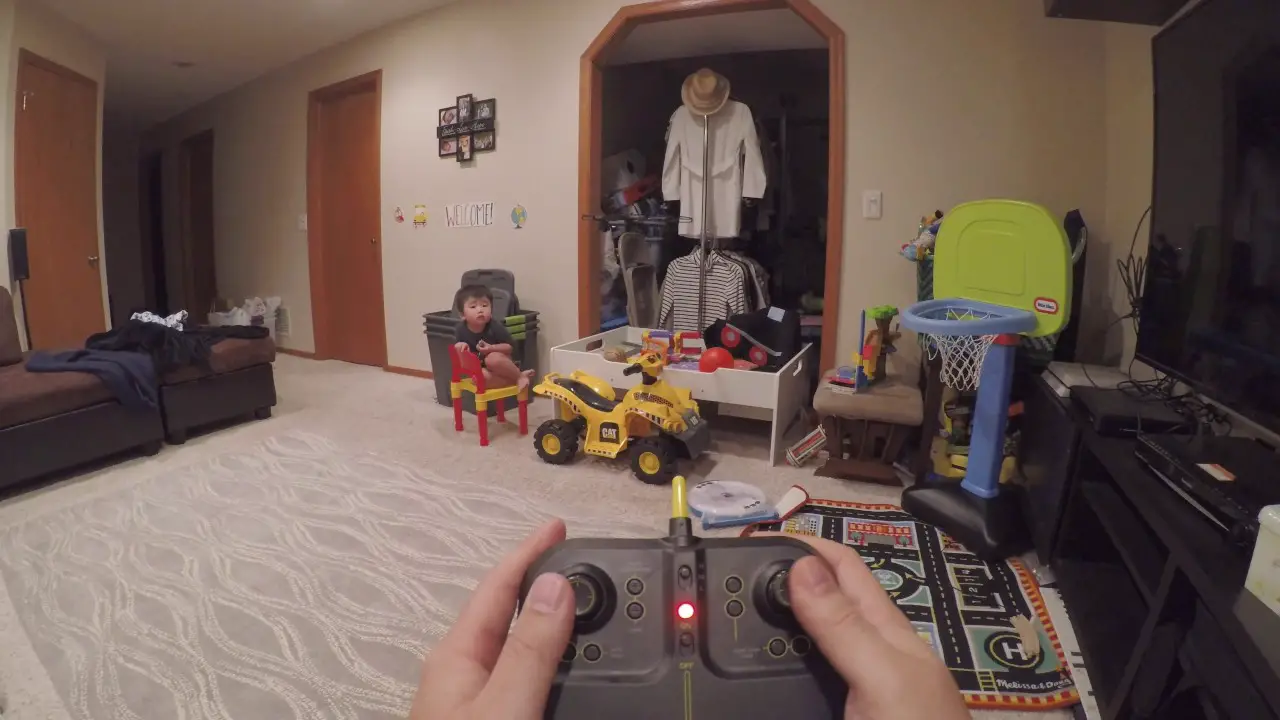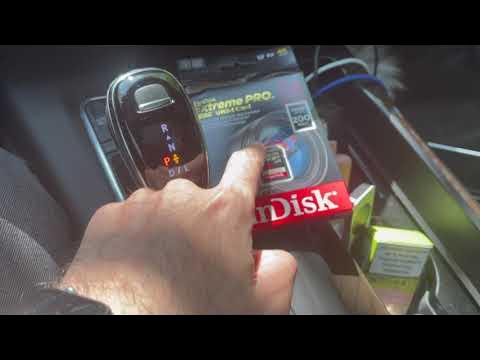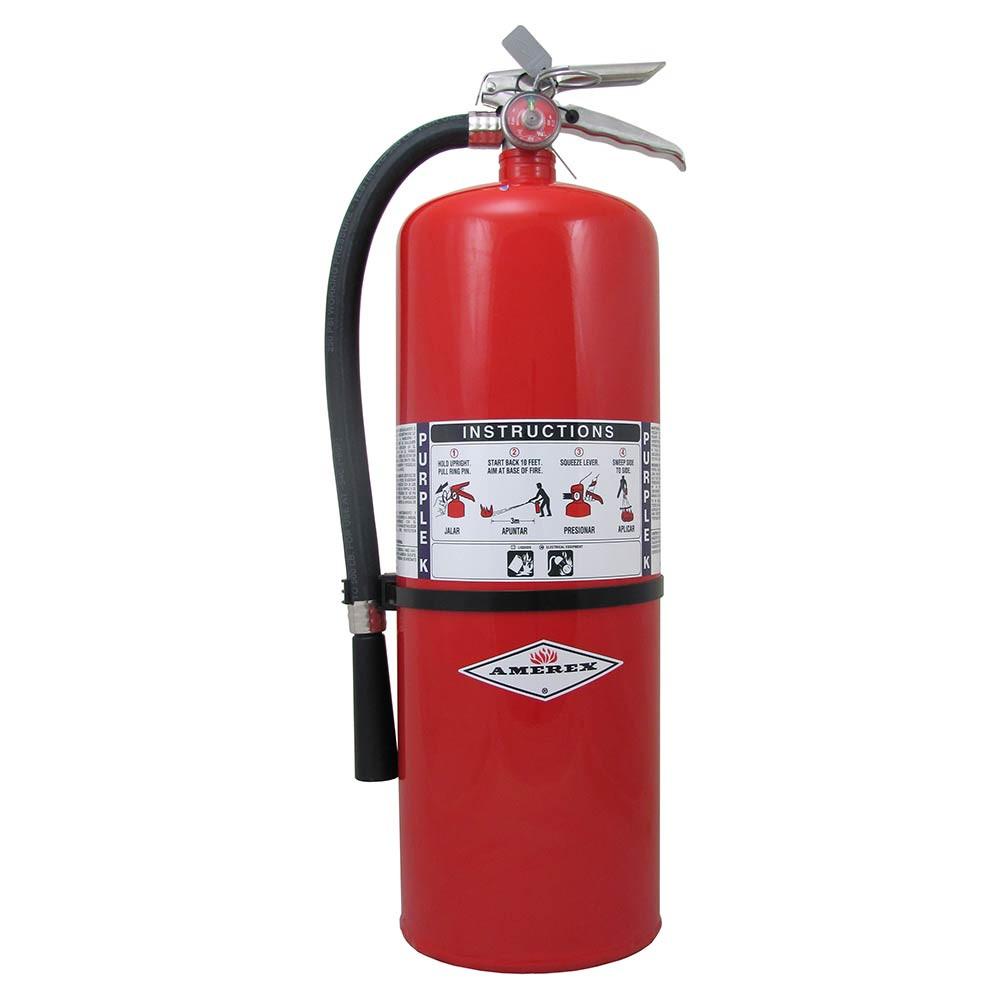Auto Orientation on a drone refers to its ability to automatically adjust its position in response to external factors, such as wind or obstacles. This feature helps the drone to maintain stability and control during flight, enhancing its overall performance and safety.
Drones are increasingly being used for various purposes, including aerial photography, surveillance, and package delivery. With the advancement of technology, drones are equipped with sophisticated features to improve their functionality and usability. One such feature is auto orientation, which plays a crucial role in ensuring smooth and stable flight operations.
By automatically adjusting its orientation, the drone can effectively navigate through challenging environmental conditions, providing users with a seamless and precise aerial experience. We will explore the concept of auto orientation on drones, its significance, and the benefits it offers in different applications. Let’s delve into the details of this essential feature and understand its impact on drone technology.
Table of Contents
ToggleUnderstanding Auto Orientation On Drones
Auto orientation on a drone is a feature that enables the drone to maintain a consistent forward orientation regardless of its position in the air. This allows for easier and more intuitive control of the drone, especially for beginners. Understanding this feature is crucial for safe and effective drone flying, helping users to avoid disorientation and navigate confidently.
Basics Of Drone Orientation
When it comes to understanding auto orientation on drones, it’s essential to grasp the basics of drone orientation. Drone orientation refers to the direction the drone is facing in relation to its flight path. This is vital for controlling the movement and maneuverability of the drone during flight. Drones have three axes of orientation: pitch, roll, and yaw, and understanding these axes is crucial for effectively operating the drone.
Importance For Aerial Photography And Videography
Understanding auto orientation on drones is particularly crucial for aerial photography and videography. Auto orientation allows the drone to maintain a specific orientation, ensuring that the captured images and footage remain stable and consistent. This is vital for obtaining high-quality aerial shots and videos, as it enables the drone operator to focus on framing the perfect shot without worrying about the orientation of the drone.
Impact On Drone Stability And Navigation
Auto orientation significantly impacts drone stability and navigation. By maintaining the correct orientation, the drone can effectively maneuver through different flight paths and weather conditions, ensuring a smooth and stable flight experience. This stability is essential for capturing clear and steady aerial footage, as well as for navigating obstacles and varying terrains with precision.

Credit: www.kentfaith.com
Auto Orientation Dynamics Explained
Drones are equipped with auto orientation technology to ensure stable and controlled flight. Auto orientation dynamics play a crucial role in enabling drones to maintain a consistent orientation, even when faced with external factors such as wind or obstacles. In this section, we will delve into the principles of auto orientation, how sensors and software work together to achieve this, and the comparison between auto orientation and manual control.
The Principle Of Auto Orientation
Auto orientation on a drone refers to the ability of the aircraft to maintain its desired orientation in space without the need for constant manual adjustments. The principle is based on utilizing sensors and intelligent software to continuously monitor and correct the drone’s orientation relative to its flight path and the surrounding environment. This ensures precise and stable flight, even in challenging conditions.
How Sensors And Software Achieve Auto Orientation
The achievement of auto orientation is made possible through the integration of various sensors such as accelerometers, gyroscopes, and magnetometers. These sensors work in tandem to provide real-time data on the drone’s orientation and movements. Additionally, advanced flight control software processes this data and makes rapid adjustments to the drone’s motor outputs, enabling it to automatically maintain the desired orientation.
Auto Orientation Vs. Manual Control
When comparing auto orientation with manual control, the key distinction lies in the level of precision and responsiveness. Auto orientation enables the drone to autonomously adjust its orientation, compensating for external factors and maintaining stability without constant input from the pilot. In contrast, manual control relies on the pilot’s continuous input to maintain the desired orientation, making it more susceptible to external disturbances.
Technological Innovation Behind Auto Orientation
Auto orientation is a remarkable feature in drones that allows them to maintain a specific direction regardless of their orientation in the sky. This innovation is made possible through the integration of advanced technologies such as GPS, compass, gyroscopes, accelerometers, and flight control systems. Understanding the technological intricacies behind auto orientation sheds light on the impressive capabilities of modern drones.
Gps And Compass In Auto Orientation
The combination of GPS and compass plays a crucial role in enabling auto orientation in drones. GPS provides the precise positioning data, while the compass aids in determining the direction relative to the Earth’s magnetic field. This integration ensures that drones can accurately maintain their orientation even in challenging environments.
Gyroscopes And Accelerometers’ Role
Gyroscopes and accelerometers are instrumental in maintaining stability and determining the drone’s orientation. Gyroscopes detect any angular movement, while accelerometers measure the acceleration forces acting on the drone. By utilizing the data from these sensors, drones can achieve and sustain the desired orientation during flight.
Advancements In Flight Control Systems
The advancements in flight control systems have significantly contributed to the seamless implementation of auto orientation. These systems utilize complex algorithms to process data from various sensors, enabling drones to make real-time adjustments to their orientation. As a result, the auto orientation feature is highly responsive and reliable, enhancing the overall flight experience.
Auto Orientation In Various Drone Models
Drones have become a ubiquitous tool in various industries and for recreational use. One of the most important features in drone technology is auto-orientation, which allows the drone to maintain a consistent direction regardless of its orientation in space. This feature is particularly useful for remote-controlled aerial photography and videography, as well as for navigation in GPS-denied environments. Different drone models come equipped with varying capabilities for auto-orientation to suit specific needs and preferences.
Comparison Of Auto Orientation Capabilities
When it comes to comparing auto-orientation capabilities, it is important to consider factors such as sensor accuracy, GPS integration, and software algorithms. Professional-grade drones typically offer more advanced auto-orientation features, allowing for precise control and stability during flight compared to recreational models. The level of autonomy in maintaining orientation and stability varies among different drone manufacturers and their specific models.
Professional Drones Versus Recreational Ones
In professional drones, auto-orientation is often a crucial feature for tasks such as surveying, mapping, and inspection. These drones are designed to withstand harsh environmental conditions and are equipped with high-precision sensors and navigation systems. On the other hand, recreational drones may have basic auto-orientation capabilities primarily aimed at enhancing user experience and safety during flight.
Brand-specific Technology Examples
Various drone manufacturers incorporate proprietary technology to enhance auto-orientation in their models. For instance, DJI, a leading brand in the drone industry, utilizes its Vision Positioning System and GPS assisted hover technology in its professional-grade drones to ensure reliable and stable auto-orientation. Similarly, brands like Parrot and Yuneec implement their own unique sensor fusion technologies for improved auto-orientation performance in their drone offerings.
Practical Applications And Benefits
Auto orientation on a drone enables it to maintain a stable and level position in the air without manual control. This feature ensures smoother, more precise aerial photography and videography, making it easier for users to capture high-quality images and footage from different angles and perspectives.
Moreover, it simplifies the overall flying experience, especially for beginners, by allowing the drone to automatically adjust its position in response to environmental factors.
Improved Flight Control For Beginners
The auto orientation feature on drones greatly benefits beginners by providing improved flight control. This technology automatically adjusts the orientation of the drone, making it easier for novice pilots to maneuver the aircraft. With auto orientation, beginners can focus on mastering basic flight maneuvers without being overwhelmed by the complexities of orientation control.
Enhanced Aerial Cinematography
Auto orientation plays a crucial role in enhancing the quality of aerial cinematography. By ensuring the drone maintains a consistent orientation, it allows videographers and photographers to capture seamless and fluid footage. With this advanced feature, aerial cinematographers can execute intricate maneuvers and capture breathtaking perspectives without worrying about manually adjusting the drone’s orientation.
Increased Safety During Flight Operations
One of the key benefits of auto orientation is the increased safety it provides during flight operations. Drones equipped with this feature can maintain a stable orientation, reducing the risk of accidents caused by improper orientation control. This technology enhances the overall safety of drone operations by minimizing the potential for loss of control due to orientation errors.
Troubleshooting Auto Orientation Issues
Auto orientation is a crucial feature on drones that allows them to maintain a stable flight and properly orient themselves during flight. However, like any technology, it can encounter issues and require troubleshooting. Understanding common challenges, maintenance tips, and user experiences can help drone enthusiasts optimize their flying experience.
Common Challenges And Solutions
- Interference from magnetic fields or electronic devices can disrupt the drone’s auto orientation. Ensure to fly in open areas away from interference to improve orientation accuracy.
- Miscalibration of the onboard compass can lead to incorrect orientation readings. Regularly calibrate the drone’s compass as per the manufacturer’s instructions to prevent orientation issues.
- Firmware updates or software glitches can cause erratic behavior in auto orientation. Always keep the drone’s software up to date to address any potential software-related issues.
Maintenance Tips For Optimal Performance
Proper maintenance of the drone can significantly improve auto orientation performance. Regularly inspect and clean the onboard compass to ensure accurate readings. Additionally, storing the drone away from magnetic fields or electronic devices can prevent interference-related issues.
User Experiences And Learning Curve
Many drone enthusiasts have shared their experiences with troubleshooting auto orientation issues. They have emphasized the learning curve involved in understanding the factors affecting auto orientation and the importance of following maintenance guidelines provided by the manufacturer.
Frequently Asked Questions For What Is Auto Orientation On A Drone
What Is Auto Orientation On A Drone?
Auto orientation on a drone refers to its ability to automatically adjust its position and direction in flight. Using sensors and GPS technology, the drone can maintain stability and adjust to wind conditions, ensuring smooth and controlled flight.
How Does Auto Orientation Benefit Drone Pilots?
Auto orientation enhances flight control and stability, especially for beginners. It reduces the learning curve and minimizes the risk of crashes, allowing pilots to focus on capturing high-quality aerial footage or completing tasks with precision.
Can Auto Orientation Be Customized Or Adjusted?
Yes, most modern drones offer customizable settings for auto orientation, allowing pilots to adjust the sensitivity and responsiveness according to their specific needs and preferences. This flexibility enables pilots to optimize flight performance for different scenarios and environments.
Does Auto Orientation Require Additional Equipment?
No, auto orientation is a built-in feature of many drones and does not require additional equipment. However, it is important to ensure that the drone’s sensors and GPS are properly calibrated and functioning to reap the full benefits of this capability.
Conclusion
Understanding auto orientation on a drone is crucial for effective navigation and capturing stunning aerial footage. With the capability to maintain a fixed position and automatically adjust its orientation, drones enable smoother and more precise flight control. By harnessing this feature, operators can enhance the quality of their aerial photography and videography.












